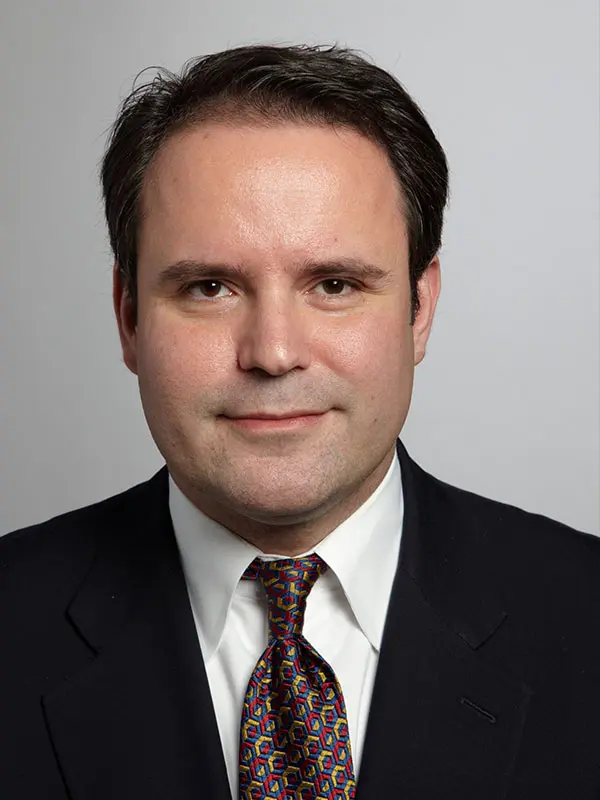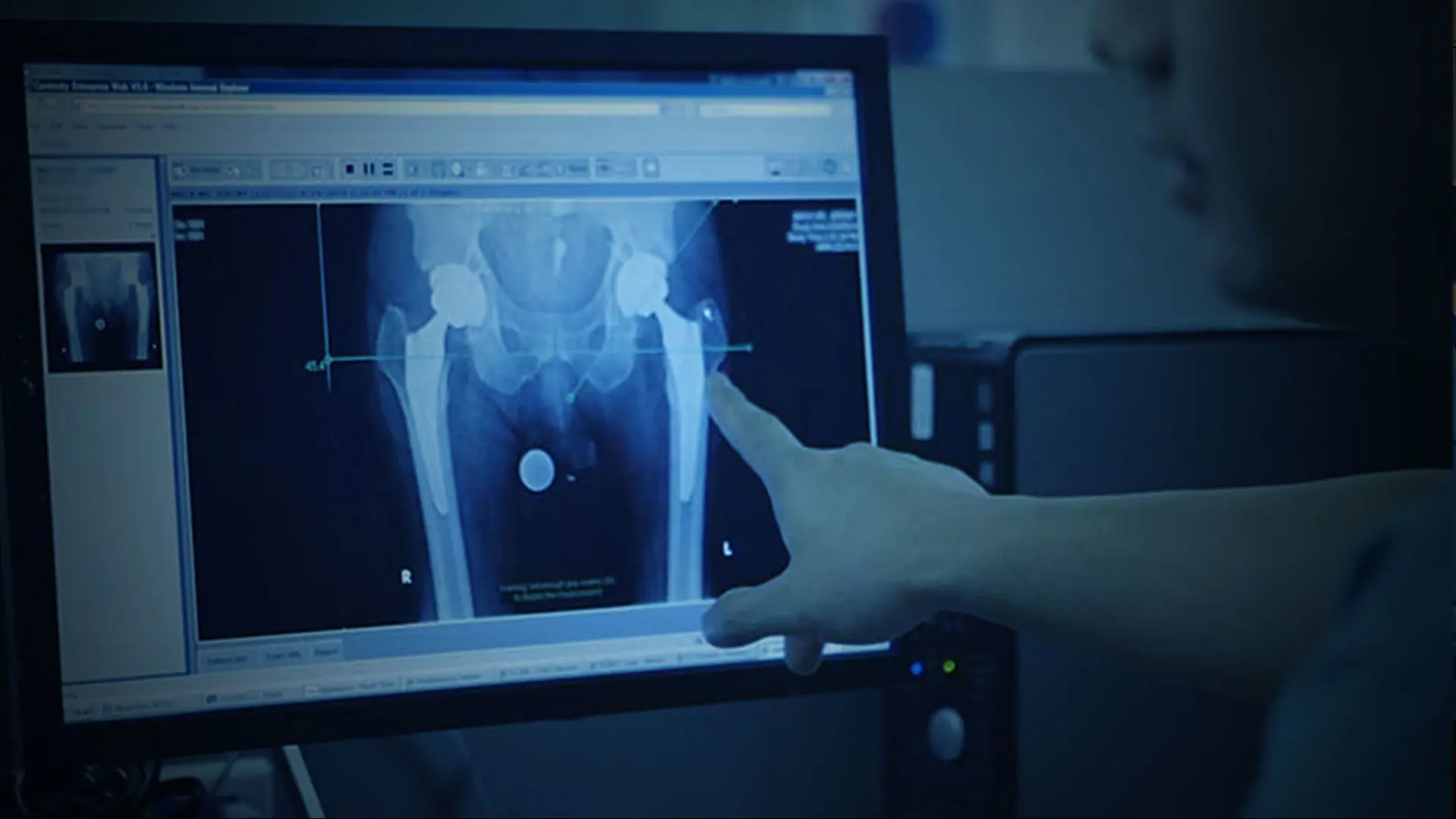Through a concierge-like approach to patient care complemented by advanced outcomes research, the Mount Sinai Joint Replacement Center at The Mount Sinai Hospital has become truly exceptional. Part of the Leni and Peter W. May Department of Orthopedic Surgery at the Icahn School of Medicine at Mount Sinai, the Center has strengthened its patient education program even as its caseload has grown to nearly 4,000 hip and knee replacement procedures annually.
“As our volume has increased, we’ve never lost the personalized touch of our clinical practice,” says Calin Moucha, MD, Professor of Orthopedics at Icahn Mount Sinai and Chief of Joint Replacement Surgery at the Mount Sinai Health System. “Preoperative education begins during the patient’s first visit with the physician, and for those who continue on with surgery, it includes an interactive class with our team of physical therapists, social workers, nurses, physician assistants, and anesthesiologists. We take enormous pride in getting to know each and every patient and keeping close tabs on their progress. Our patients are our pride and joy and we want them to succeed.”
Sensitivity to patient needs is particularly important in cases involving medical comorbidities. In these situations, the Center works closely with Mount Sinai experts in fields such as cardiology, endocrinology, pulmonology, and infectious diseases to stabilize the patient before proceeding to surgery. Interventions might include bringing down the body mass index of an overweight patient to diminish the risk of postoperative complications, or optimizing the bone health of individuals with osteoporosis or vitamin D deficiency. “Studies we’ve done show that hospital centers such as ours, which are equipped to manage complex comorbidities, have better surgical outcomes,” notes Dr. Moucha, who is an expert in complex joint replacement procedures.
Learn about the Mount Sinai Joint Replacement Center's diverse range of services.
Using Research and Adaptive Technology to Enhance Patient Experience and Outcomes
The Center is also dedicated to improving the patient experience through ongoing research. One National Institutes of Health-funded study is investigating pain management through an innovative system of preoperative genetic testing. Knowing that each patient metabolizes pain medicines differently, researchers are attempting to discover ways that will increase effectiveness and minimize side effects. Thus, an individual’s genetic information could be critical to matching them to the optimal treatment—an approach consistent with the health care system’s movement toward personalized medicine.
The use of adaptive technology in joint replacement surgery is also being investigated by Dr. Moucha’s team of surgeons. Augmented reality, for example, could allow surgeons to intraoperatively view digital 3D images of unexposed bones and other tissues through headsets. The hope is that such clarity and accuracy during surgery could lead to improved joint alignment, lower complication rates, and better outcomes. By combining the real and virtual worlds, adaptive technology could also pave the way for detailed preoperative planning where digital images could be relayed to screens in the operating room to further guide surgeons, particularly in minimally invasive procedures.
With the emphasis on infection prevention and modifiable risk factors, Mount Sinai researchers are also exploring nerve blocks and regional anesthesia as a way to accelerate recovery following joint replacement surgery, advanced reconstruction techniques for complex and revision procedures, minimizing perioperative blood transfusions, and fast-tracking rehabilitation.
At the same time, the joint replacement team has its antennae out for new and enhanced non-surgical options for patients, including novel anti-inflammatory therapies, physical therapy protocols, and acupuncture. “Our goal is to ease pain and restore mobility for our patients, and we’re well aware that surgery is not always the solution,” says Dr. Moucha. “Spending time speaking with patients and getting to know their goals and expectations is critical. We are not factory workers always looking to operate. Our hands-on approach has been a cornerstone of our work at the Joint Replacement Center.”
Featured

Calin S. Moucha
Professor of Orthopedics
